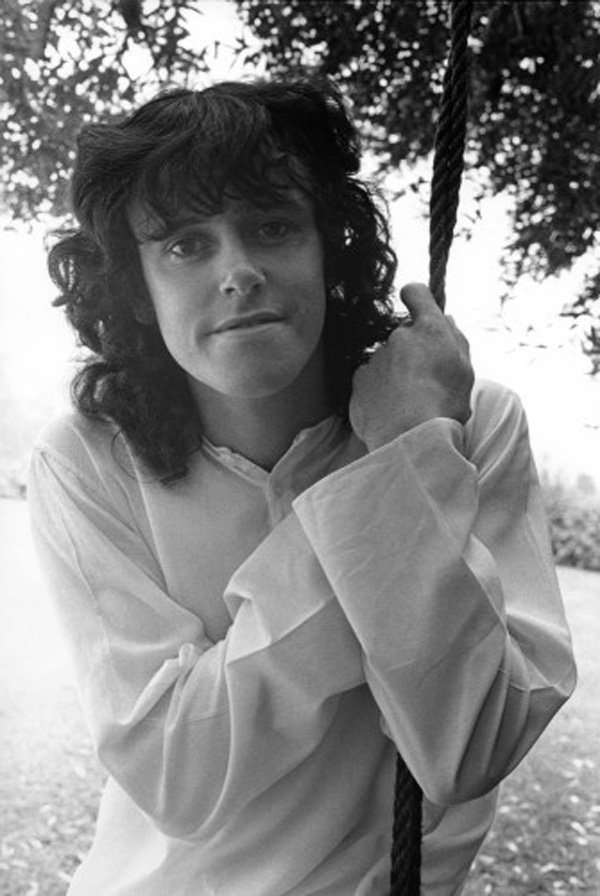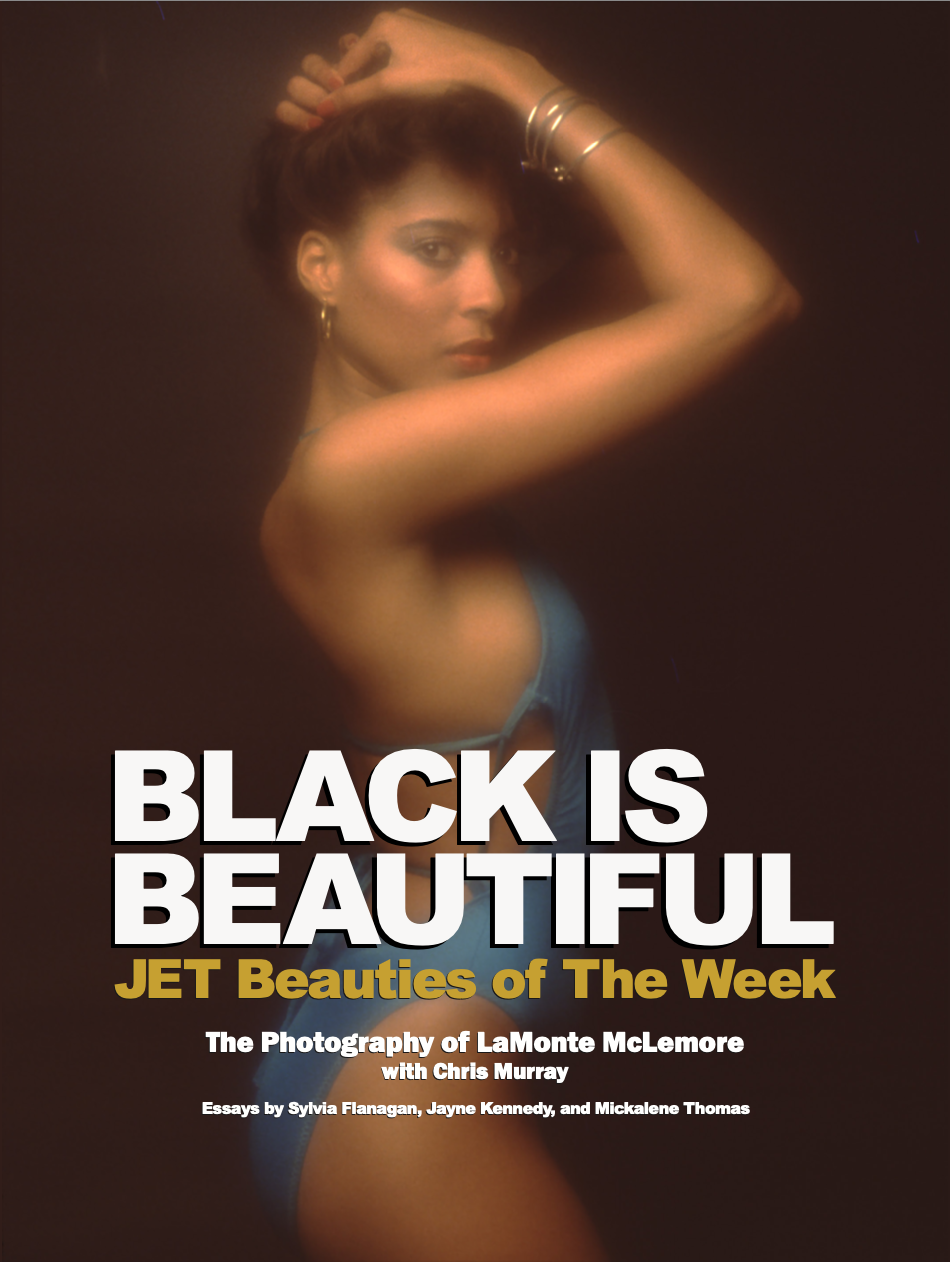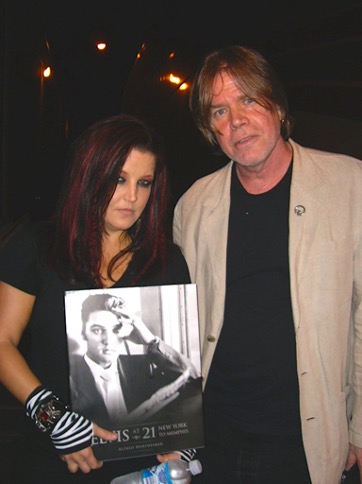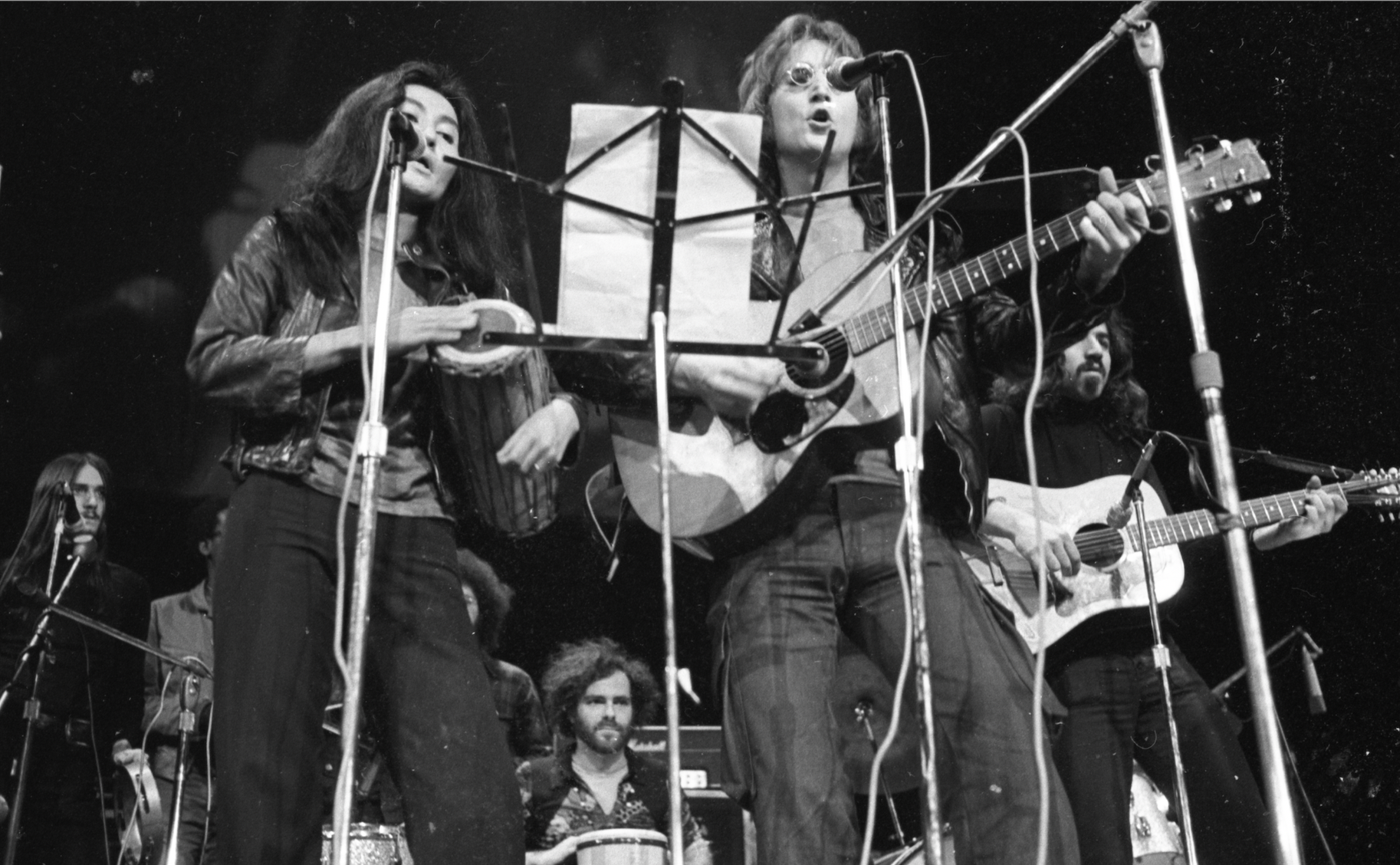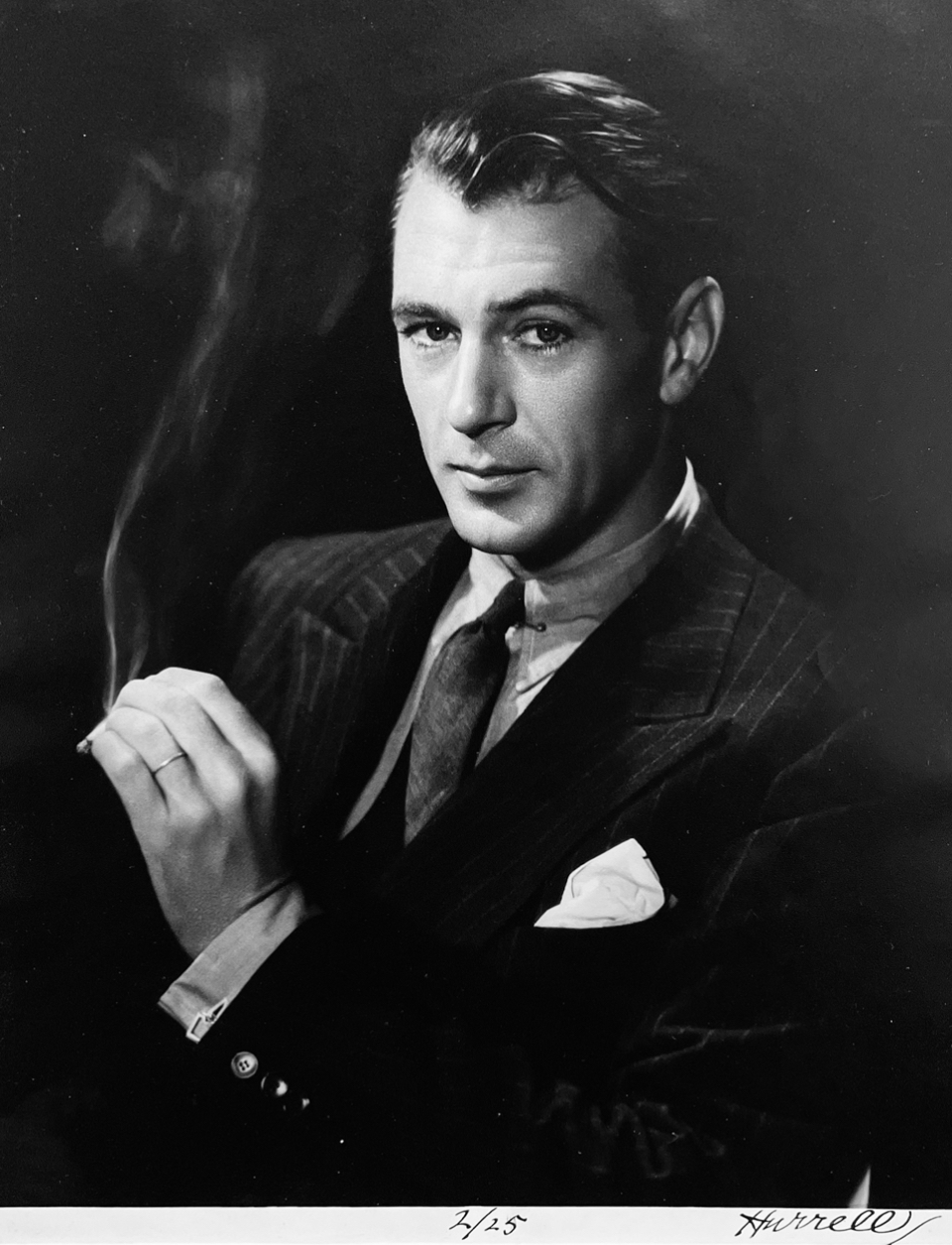
Bob Dylan, New York City, 1965. Photo by Daniel Kramer.
Daniel Kramer‘s photographs of Bob Dylan were a primary inspiration when I systematically began to champion significant photographs documenting musical artists. I remember so well when Daniel’s book, Bob Dylan, was published in 1967. I was a sophomore at Georgetown University in Washington, DC. Bringing It All Back Home and Highway 61 Revisited had both been released in 1965. Those two albums changed my life with Dylan combining his poetry/songs with electric music. I would sit listening to both of those recordings while looking at the images on the album covers. They seemed to me at the time to be simultaneously enigmatic and revelatory. Worlds opened up to me listening to those two recordings. And Daniel Kramer just happened to take the photographs on the covers of both of those seminal albums.
It was a great pleasure and honor for me to “discover” Daniel Kramer and present the first exhibition of his Bob Dylan photos at Govinda Gallery in 1999. Just a few months later, I brought that same exhibition to the Rock & Roll Hall of Fame Museum in Cleveland, Ohio. Daniel was so pleased to see his work exhibited in those venues. I also presented his work at Paul Allen’s Experience Music Project Museum (now known as the Museum of Pop Culture) in Seattle in 2001, and the Stax Museum of American Soul Music in 2005 . I went on to work with Daniel for two decades, continuously showing his work at Govinda Gallery. He was a master of the medium.
Harrison Smith at the Washington Post wrote a wonderful obituary about Daniel Kramer, who passed away last week. I present that story here below.
DANIEL KRAMER, WHO PHOTOGRAPHED BOB DYLAN GOING ELECTRIC, DIES AT 91
Kramer captured Dylan’s shift from folk to rock, taking pictures that were featured on the covers of “Bringing It All Back Home” and “Highway 61 Revisited.”
By: Harrison Smith

Daniel Kramer’s photograph of Bob Dylan and Sally Grossman, the wife of the musician’s manager, was used for the cover of Dylan’s 1965 album “Bringing It All Back Home.” (Daniel Kramer/© Estate of Daniel Kramer/Staley-Wise Gallery, New York)
Daniel Kramer, a photographer whose strikingly intimate portraits of Bob Dylan captured the singer-songwriter during a pivotal year in popular music, tracing his evolution from a cheery, tousle-haired folk act to an enigmatic, sunglass-clad rock star, died April 29 in Melville, N.Y. He was 91.
His death, at an assisted-living center, was confirmed by one of his nephews, Brian Bereck. He did not give a specific cause.
Mr. Kramer, a freelance photographer who had apprenticed under Diane Arbus and Life magazine stalwart Philippe Halsman, had no idea who Dylan was until he saw him perform “The Lonesome Death of Hattie Carroll” on “The Steve Allen Show” in 1964. “I hadn’t heard that kind of fresh poetry in years,” he told the Boston Globe much later. “When he was finished, I said, ‘I want to photograph him.’”
It would take six months of begging and pleading, including calls and letters to Dylan’s manager Albert Grossman, before he got his chance.
Invited to come up to Woodstock, N.Y., for a one-hour shoot in August 1964, Mr. Kramer managed to stay for more than five hours, photographing the singer-songwriter at Grossman’s home (climbing trees, swinging on the porch, watching a movie) and at a cafe where Dylan had lunch and played chess. “It was like a courtship,” he recalled. “I guess I passed the test.”

Photos from Mr. Kramer’s first day with Dylan, at a cafe in Woodstock, N.Y. The pictures were featured in Mr. Kramer’s 2018 book “Bob Dylan: A Year and a Day.” (Daniel Kramer/Taschen)
For the next year, Mr. Kramer served as Dylan’s unofficial staff photographer, taking pictures of the musician at home, in the studio, on the road and in concert. His photographs — staged and spontaneous, in color and black-and-white — chronicled a period when one of folk music’s most renowned figures set aside his acoustic guitar and embraced a high-voltage sound, horrifying traditionalists while charting a new course for blues-based rock.
“There are other great photos of Bob Dylan, of course, but Dan Kramer’s pictures — at a certain place and time, and in the depth that he did it — are unparalleled,” said Washington gallery owner Chris Murray, who organized the first exhibitions of Mr. Kramer’s work, in a 2001 interview with American Photo magazine.
Like Alfred Wertheimer, who photographed a young Elvis Presley, and Astrid Kirchherr, who took pictures of the Beatles during their early days in Hamburg, Mr. Kramer captured his subject on the verge of breakout success. Many of his pictures revealed a playful side of the musician, wearing a top hat and sneering like the Mad Hatter outside Town Hall in Philadelphia; pretending to iron the hair of singer-songwriter Joan Baez, his girlfriend at the time; or mugging for the camera with Johnny Cash, who visited him backstage at a show in New Jersey.

Photos from Mr. Kramer’s 2018 book “Bob Dylan: A Year and a Day” show the singer-songwriter in the studio in 1965, the year he recorded the landmark albums “Bringing It All Back Home” and “Highway 61 Revisited.” (Daniel Kramer/Taschen)
Others were more carefully choreographed and helped establish Dylan’s new public image. For the musician’s 1965 album “Bringing It All Back Home,” his first to incorporate electric instruments, Mr. Kramer orchestrated a cryptic cover photo showing Dylan sitting with a cat in his lap, surrounded by an eclectic mix of books, magazines, albums and artifacts, including a fallout shelter sign. A woman lounged in a red jumpsuit behind him, cigarette in hand. Adding to the mystery was a blurry swirl around the edge of the picture, a double exposure effect that Mr. Kramer created by building a rig that allowed him to rotate the camera.
“I wanted it to feel like the universe was moving around him,” Mr. Kramer explained.
The image was “as striking as Dylan’s new electric sound,” wrote British music critic Barney Hoskyns, assessing its impact in his 2016 book “Small Town Talk.” Fans investigated each detail, asking after the origins of a clown collage on the wall (made by Dylan himself from cut glass) and conspiratorially wondering whether the mystery woman wasn’t Dylan himself, donning drag. (In fact it was Sally Grossman, his manager’s wife.)
Mr. Kramer received a Grammy nomination for the photo, which was credited as a precursor to conceptual album covers like the photo collage used for the Beatles’ “Sgt. Pepper’s Lonely Hearts Club Band.”

Dylan used Mr. Kramer’s 1965 photo for the cover of his album “Highway 61 Revisited.” (Daniel Kramer/© Estate of Daniel Kramer/Staley-Wise Gallery, New York)
He went on to photograph the cover for Dylan’s acclaimed follow-up album, “Highway 61 Revisited,” which was released later that year and opened with “Like a Rolling Stone,” the singer’s first Top 10 hit. The cover photo showed Dylan wearing a Triumph motorcycle T-shirt under a jacket, sitting on a Manhattan stoop with his friend Bob Neuwirth partly visible behind him.
Unlike the cover for “Bringing It All Back Home,” the picture came together in a matter of minutes when the group arrived outside Grossman’s apartment. “Bob sat down and I thought it could be a cover — I knew he was trying to give me something,” Mr. Kramer told the Globe. “I asked my assistant for a camera and bing bing bing — done. Fifteen or 20 minutes. I think Bob lent himself to my ideas. I had to come up with these ideas pretty fast, day after day, and put it all together. Give Bob a stage to work on; give me a palette to draw from.”
Mr. Kramer said that after a year and a day of photographing Dylan, culminating with a rowdy concert at Forest Hills in New York City (some fans booed and shouted “we want the old Dylan” after he played his new electric songs), he and the musician went their separate ways. By his account, he and Dylan remained friendly, although there appeared to be bad blood for a time, as Dylan’s management team unsuccessfully sought an injunction to block the release of Mr. Kramer’s 1967 photo book “Bob Dylan,” published by the Citadel Press.

The portrait on the right, from Mr. Kramer’s 2018 book “Bob Dylan: A Year and a Day,” was used for the cover of the Dylan compilation “Biograph.” (Daniel Kramer/Taschen)
The rift seemed to have healed by 1985, when one of Mr. Kramer’s early portraits of Dylan was used for the musician’s “Biograph” box set.
Mr. Kramer continued to work as a freelance photographer, taking pictures of subjects that included author Norman Mailer, for Look magazine; former president Harry S. Truman, for Holiday; presidents Ronald Reagan and George H.W. Bush, for Fortune; and Mario Puzo, the author of “The Godfather,” for the cover of New York. He also found work in the corporate world, taking pictures that appeared in annual reports for Morgan Stanley.
But he maintained a special fondness for his year with Dylan, which he credited with transforming his approach to photography, leading him to take a more open-ended approach to shoots, and with introducing him to a joyous new artistic milieu.
While accompanying Dylan to Woodstock’s Cafe Espresso one night in 1964, he found himself participating in a jam session with a group that included Baez, Peter Yarrow, and Richard and Mimi Fariña. “I played the spoons,” he said, recalling a rare moment when he put aside his camera. “I was so thrilled. It was one of the great nights of my life.”

Mr. Kramer and Dylan in New York City in 1965. (Daniel Kramer/Fahey/Klein Gallery, Los Angeles)
The oldest of three children, Daniel Kramer was born in Brooklyn on May 19, 1932. His mother had an administrative job at what is now Brookdale hospital, and his father was a dockworker and amateur filmmaker who inspired Mr. Kramer’s interest in photography.
“By age 14, I had a one-boy show at the junior high school,” he told the New York Times. “I became a professional when someone offered me $5 to take a photo. I remember feeling embarrassed to take so much money for something that came so easily to me.”
Mr. Kramer served a stint in the Army’s Military Police Corps and studied at Brooklyn College. He worked as an assistant to Arbus and her then-husband, actor and photographer Allan Arbus, before spending three years with Halsman, who taught him how to work with celebrities (Mr. Kramer once went into the ring with boxer Muhammad Ali for a photo shoot) and to print his own photographs. Halsman also enlisted Mr. Kramer for projects like the “Jump Book,” a 1959 collection of portraits showing celebrities and statesmen leaping into the air. “One of my jobs was to wash the bottoms of Marilyn Monroe’s feet after each jump,” Mr. Kramer recalled.
By 1964, Mr. Kramer had a Manhattan studio of his own. He was aided for decades by his wife and collaborator, Arline Cunningham, a music-industry veteran he met one summer in the Hamptons as a house guest of her boss, singer-songwriter Judy Collins. Cunningham died in 2016.

Mr. Kramer in 2012 at the Cité de la Musique in Paris, where his work was featured in a Dylan exhibition. (Marina Helli/AFP/Getty Images)
Mr. Kramer, who leaves no immediate survivors, was deeply private, resisting calls to create a website or promote his work on social media. But he received renewed attention after Murray, the owner of Govinda Gallery in Georgetown, organized his first shows in 1999, curating exhibitions of Mr. Kramer’s Dylan pictures at Govinda and at the Rock & Roll Hall of Fame.
His photos were later featured in exhibitions in Amsterdam, Havana, London and Los Angeles and were acquired by institutions including the Whitney Museum of American Art in New York. A limited-edition book of his work, “Bob Dylan: A Year and a Day,” was published by Taschen in 2018.
That success was difficult for Mr. Kramer to imagine when he first pitched his Dylan photos in 1964, showing them to an editor at Pageant, a now-defunct national magazine, the year before Dylan rose to superstardom.
“The editor said, ‘I don’t need another scruffy kid with a guitar,’” he recalled. “But two weeks later, he called me and said, ‘Do you still have those pictures of that guitar player?’ Let’s look at them again. I have a 15-year-old daughter, and she said if I don’t publish them I’m crazy.’”

Dylan at the New York City restaurant O’Henry’s in 1965. (Daniel Kramer/© Estate of Daniel Kramer/Staley-Wise Gallery, New York)






